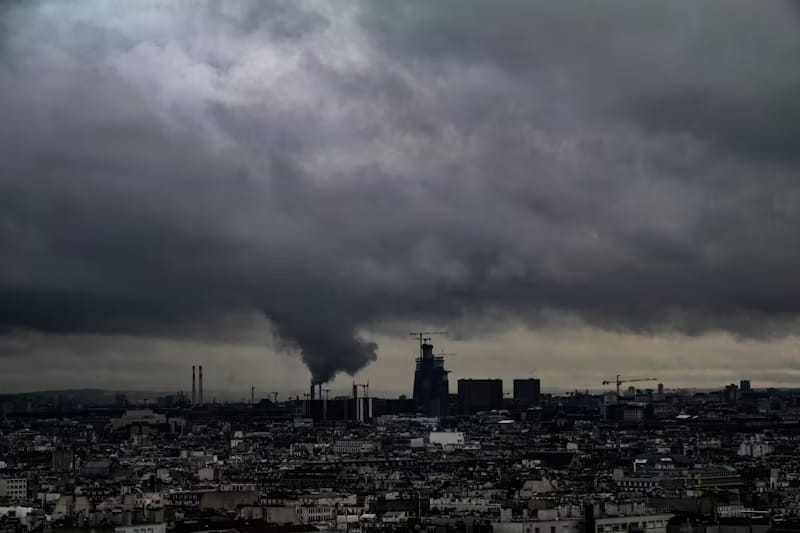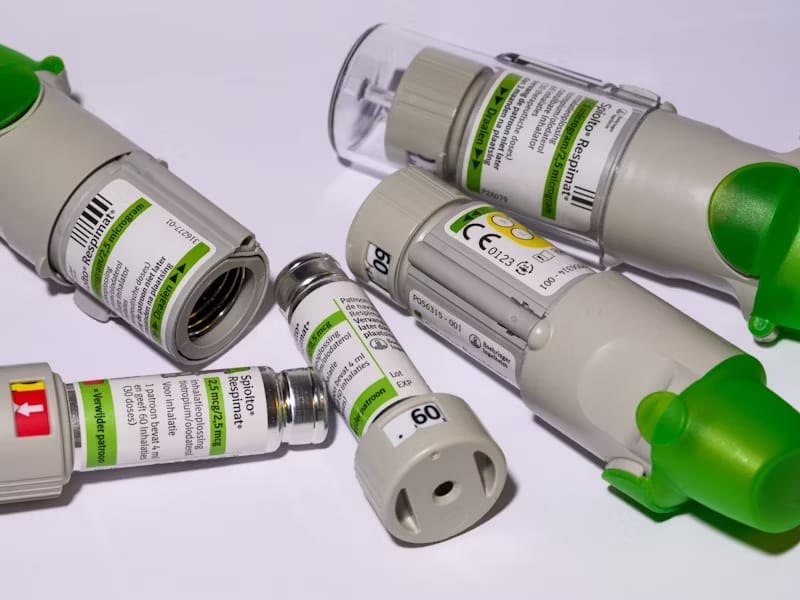- Aeviva
- Posts
- What Really Lives in the Air You Breathe and Why It Might Be More Dangerous Than You Think
What Really Lives in the Air You Breathe and Why It Might Be More Dangerous Than You Think
Invisible, unavoidable, and more toxic than you realize—polluted air is one of the biggest threats to your long-term health 🌫️🫁
You can skip junk food, drink filtered water, and choose clean skincare—but you still have to breathe. And that’s where most people are exposed to one of the biggest health threats of modern life: polluted air.
The air around you might look clear, but it often contains a toxic mix of gases, chemicals, and microscopic particles that silently damage your lungs, brain, heart, and immune system.
It’s not dramatic—it’s daily. And it’s one of the leading contributors to long-term illness, especially when exposure is frequent or unavoidable.
What the Air Quality Index Really Means
The Air Quality Index or AQI is a global scale used to measure how polluted the air is at any given moment. It ranges from 0 to 500—lower is better, higher is hazardous.
Here is how the numbers break down:
0–50: Good
51–100: Moderate
101–150: Unhealthy for sensitive groups
151–200: Unhealthy
201–300: Very unhealthy
301–500: Hazardous
💡 Fun Fact: WHO recommends keeping PM2.5 levels below 5 µg/m³ annually—but most cities exceed that daily.
5 Major Cities and Their AQI Today
Let’s take a snapshot of air quality in real cities (data may vary day to day):
Delhi: AQI 285 – Very unhealthy

Los Angeles: AQI 105 – Unhealthy for sensitive groups
Paris: AQI 75 – Moderate
Beijing: AQI 162 – Unhealthy
London: AQI 52 – Moderate
Even cities that appear “clean” can have spikes in pollutants based on season, traffic, and weather.
What Polluted Air Actually Contains
It is not just smoke or dust. Polluted air is a cocktail of:
PM2.5 and PM10 – Fine particulate matter that lodges deep in the lungs and enters the bloodstream
Ozone (O₃) – A gas that inflames airways and reduces lung function
Nitrogen dioxide (NO₂) – Released from vehicles and power plants; linked to asthma and lung inflammation
Sulfur dioxide (SO₂) – From fossil fuels and industrial activity; causes throat and eye irritation
Carbon monoxide (CO) – A silent gas that limits oxygen delivery in the body
These pollutants are mostly released by transportation, industrial emissions, construction, agriculture, and household fuel burning.
Why Polluted Air Is Toxic for the Body
Breathing in polluted air isn’t just uncomfortable—it’s biologically damaging. Even short-term exposure can lead to:
Headaches and dizziness
Coughing or shortness of breath
Eye and throat irritation
Chest tightness
Fatigue and brain fog
But it’s the long-term exposure that does the real damage—especially to your lungs.
Over time, polluted air can:
Accelerate lung aging and reduce capacity
Increase your risk of stroke and cardiovascular disease
Trigger systemic inflammation and oxidative stress
Impair brain function and contribute to cognitive decline
Suppress immune response, making you more vulnerable to illness
💥 Spotlight on COPD:
One of the most serious consequences of chronic exposure to air pollution is COPD (Chronic Obstructive Pulmonary Disease). This condition causes permanent airflow obstruction, making it harder and harder to breathe over time.

COPD drugs.
Unlike asthma, COPD is progressive and irreversible. You don’t need to be a smoker to develop it—long-term exposure to polluted air is one of the leading environmental causes.
Symptoms of COPD include:
Chronic cough and mucus buildup
Shortness of breath, especially during physical activity
Frequent respiratory infections
Wheezing or chest tightness
And once it starts, it only gets worse—unless you intervene early.
💡 Pro Tip: Supporting your lung health with antioxidants (like NAC, vitamin C, and quercetin) and reducing your daily pollution exposure can help slow or prevent this damage.
Fact-based news without bias awaits. Make 1440 your choice today.
Overwhelmed by biased news? Cut through the clutter and get straight facts with your daily 1440 digest. From politics to sports, join millions who start their day informed.
Interactive Section: Quick Self-Check

Do you regularly check your local air quality?
[ ] Yes, daily
[ ] Occasionally when it looks bad
[ ] No, but I probably should
[ ] I had no idea what AQI even meant
💬 Reply and tell us how air quality affects your daily habits—especially exercise and recovery.
You cannot avoid breathing—but you can reduce your risk.
The first step is awareness. The second is action—whether it is using air purifiers, avoiding peak pollution hours, or supporting your lungs with nutrients that reduce oxidative stress.
Because clean air is not a luxury. It is a survival essential.
Take Home Summary
AQI shows how safe or hazardous your local air is on a scale from 0 to 500
Major pollutants include PM2.5, ozone, nitrogen dioxide, sulfur dioxide, and carbon monoxide
Air pollution damages your lungs, brain, heart, and immune system—even if you do not feel it right away
It is a major contributor to COPD and chronic inflammation
Monitoring air quality and supporting your body with proper nutrition can help offset long-term effects
Reply